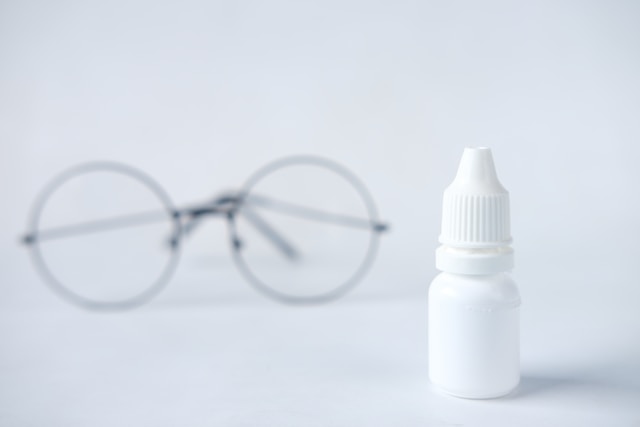If you’ve recently started experiencing some symptoms of dry eyes like dryness, redness, eye irritation, sensitivity to light, a feeling of something in the eyes, or a stinging sensation, your next point of call may be to head to the drugstore for an eye drop that can relieve these symptoms. However, before opting for any brand make sure to check out their website.
Since we have several types of eye drops to pick from, this may lead to confusion about which one to choose. To help make things easy, here’s a rundown of the various types of eye drops types, what they contain, and when to use them to aid your selection process.
Table of Contents
What Type of Eye Drops Treat Dry Eyes
Whether it’s dry eyes or allergies, various types of eye drops have been made available to treat specific eye conditions. However, there’s that carefulness needed when you are about to choose an eye drop because the wrong kind of eye drop may just worsen your eye condition.
The three major types of eye drops are artificial tears, allergy drops, and anti-red drops. If you understand how these individual eye drops work, you will be able to make the right choice.
Artificial Tears
Artificial tears are highly recommended for treating dry eyes because of their potency. Their major function is to keep the surface of your eyes fine and moist by trying to mimic real tears. They contain ingredients like:
- Preservatives: this help to keep away or prevent bacteria from growing inside the drops’ bottle.
- Lubricants: they help keep the eye moist
- Guar gum: these are mostly found in oily drops and play a huge role in helping eyes that dry up tears easily
- Electrolytes: they aid in healing the surface of the eye. Examples are potassium and sodium.
However, depending on the various brands, they may contain all or some of these ingredients. Also, if you have allergies to any of these ingredients, especially preservatives, you should avoid artificial tears. You should try out other types of eye drops if artificial tears bother your eyes, the dry eye is severe, or you have to use drops more than five to seven times a day.
Something to note is that preservative-free eye drops do not come in the usual eye drop bottle but rather in single-use vials. If you want to use them, you would need to break the lid off, put the drops in, and dispose of the bottle. This makes them extra expensive than the other kinds of artificial tears.
Allergy Drops
These types of eye drops can help give immediate relief if you are experiencing red, itchy, and watery eyes from molds, pet dander, pollen, or any regular allergens. They carry out this action with the help of their most active ingredient, which is a drug known as an antihistamine.
Antihistamines are commonly found in allergy eye drops and function by inhibiting the action of histamine, which is a chemical your body produces during an allergic reaction that leads to itching, running nose, and other related symptoms. Antihistamine prevents all these symptoms from reoccurring.
There is, however the production of newer eye drops known as mast-cell stabilizers that do a more thorough work by entirely stopping the production of histamines.
Anti-Redness Drops
Anti-redness drops are also called decongestants and are very effective in clearing red eyes. They sometimes contain antihistamines to help relieve itchiness from allergies. The active ingredient that helps clear eye redness is known as a vasoconstrictor, and it carries out this action by shrinking the blood vessels on the surface of your eye.
However, anti-redness drops are not recommended for dry eyes because of their side effects. They can irritate and increase the redness of your eyes if you use them for too long, and consistently using them can cause dependency. That means your eyes may come back to being red if you stop using them, which is the rebound effect.
What Eye Drops Should I use For Dry Eyes If I Wear Contacts?
If you wear contact lenses, choosing eye drops for dry eyes can seem a little difficult because there may be a conflict between the eye drop and your contacts. This is because not all eye drops work well with all contacts, especially eye drops with preservatives.
As such, it’s preferable you wet your contacts with drops that were specifically made for them. Another thing to do is to check with your eye doctor before you use any eye drops.
If it seems that your dry eyes are becoming severe, you may want to get fast relief by getting eye drops from a drugstore. However, your choice should depend on whether you have allergies or not and recommendations from your doctor.

